|
This past week, Anna shared the story Roxaboxen, by Alice McLaren. This story tied in well with our idea of community we are exploring and using nature in an open ended way with our imaginations. Here is a link to the story: https://www.youtube.com/watch?v=-kumeb_Ih2U When discussing our wonderings and questions from the story, the idea of shops came to light, such as communities needing a bank, a bakery, police, a candy store, a shoe store, and a fire department. The idea that repeatedly came to the surface was the idea of having criminals in a community setting. I asked the children, is that the kind of community they would want to live in, one with criminals? Many of them shared their ideas that criminals are just part of our reality. I then asked them again, is this the kind of community THEY would like to live in? It was challenging for them to shift their paradigm of thinking about what would be ideal for them as oppose to this reality in their world. The thought about police surfaced throughout this thread in the class conversation along with questioning the police and criminal role in the community. We then took a vote about whether criminals should exist in our community we envisioned. The idea of eliminating this idea of criminals won only by a small margin. When going to the Garden for snack following this conversation, this idea of a community without criminals did not solidify in their play. There were criminals receiving speeding tickets, stores being robbed, and fellow classmates being dragged to jail. As I learn alongside of the children, I can't help but sometimes have an image of what might happen during their play. I do my best to let them take the lead and I simply observe and help them dive deeper into their ideas and questions. I have to be honest, this play though was not at all what I imagined after the conversations that were just had within our classroom walls. There was a clear sense of "good versus evil" in this community of play that had transpired in the Garden. I had to wonder why. Within the classroom setting, the children have developed a strong sense of self-agency while still supporting the larger needs of the class community. This play that was bringing the class together in the Garden centered around the capture of criminals. What cultivated this way of thinking to shift from inside the classroom? Was it simply the idea of good versus evil? Was it more concrete for them to wrap their minds around this black and white idea? Do they believe every story or community needs a traditional hero such as police? Was it the lack of possible resources to create different kinds of shops? I am not sure. At the same time within our classroom walls during our Project Work this week, the idea of games, typically the ones found in an arcade, are being created and played by fellow classmates. At first, the children were creating tokens and using natural currency to play these games. One child asked to get his wallet out from the beginning of the school year when the Nature Shops were exploding. This idea caught like wild fire and many of the children started using their wallets to pay for the games throughout the room. During our mornings, I observed children working with each other to negotiate terms for playing each of the games. If a child lacked nature currency or U.S. currency, the game keeper would still allow for them to play for free or helped them acquire nature currency. Not once did I observe the money being counted in any of the transactions, making me think it may have been simply more of a trade....I will trade a few coins for a turn at a game. I started to question this bigger idea about what wealth may mean to the children. Do the children associate the money as a sign of wealth or is it a gateway to offer the idea that wealth is an intrinsic feeling and allowing them all to paricipate? I am not sure. Prizes then started to emerge from this play. If a child did not win at a game, more times than not, I noticed the game keepers working with the participants until they achieved the ultimate goal of the game or until exhaustion was reached during the game. Regardless, they then received a prize. Prizes included such items as photocopied pictures of dogs to bracelets with jewels. Toward the end of the week, fliers were then being created to draw attention to two different children's arcade games. They were being hung around the room. Wherever J. Y. put his signs, C.T. then put his signs. This business model of marketing and competition has started to emerge within this idea of the arcade games in this community. I revisited this idea of community defined by the children:
Community: A group of animals (because humans are animals), two or more, that help each other with work, problems, times of sickness, and show kindness. They respect each other. Though my original thoughts of community resembled those more so from the story of Roxaboxen, these games do fit their definition of community. There is helpfulness, kindness, problems being resolved, and respect being shown. And after all, it is always about the children and what drives their intentions.
0 Comments
Your comment will be posted after it is approved.
Leave a Reply. |
Jen...Some random facts about me... Archives
May 2022
Categories |
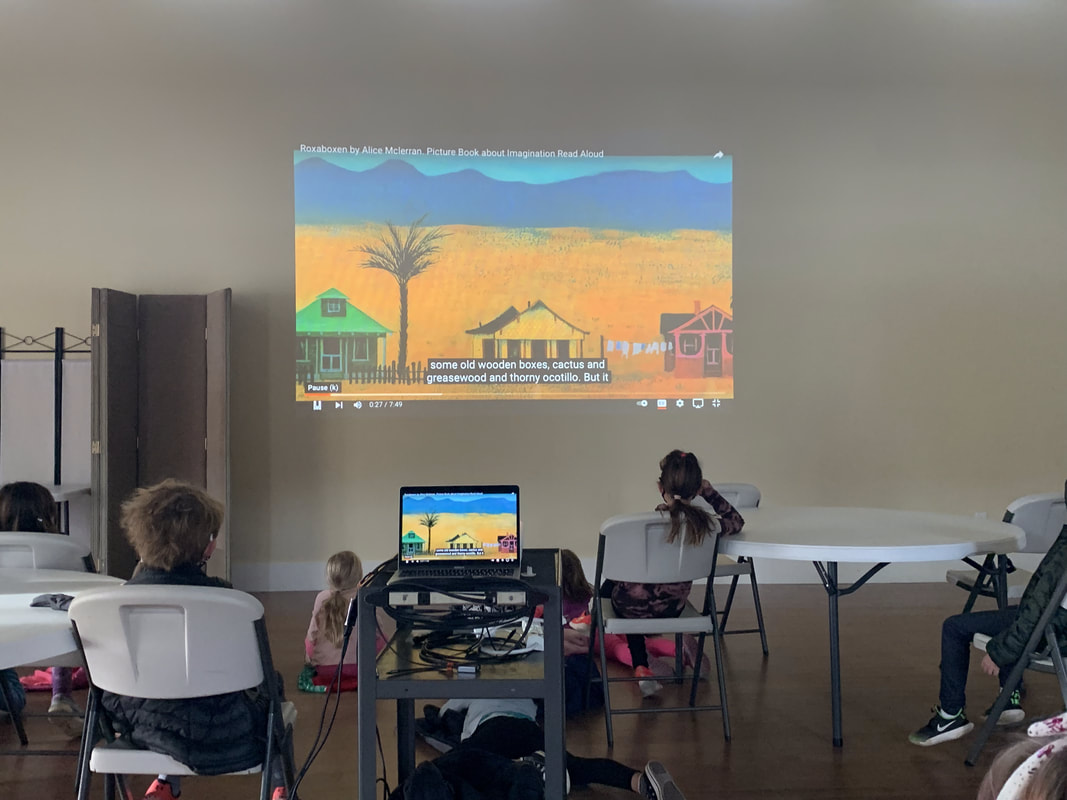
















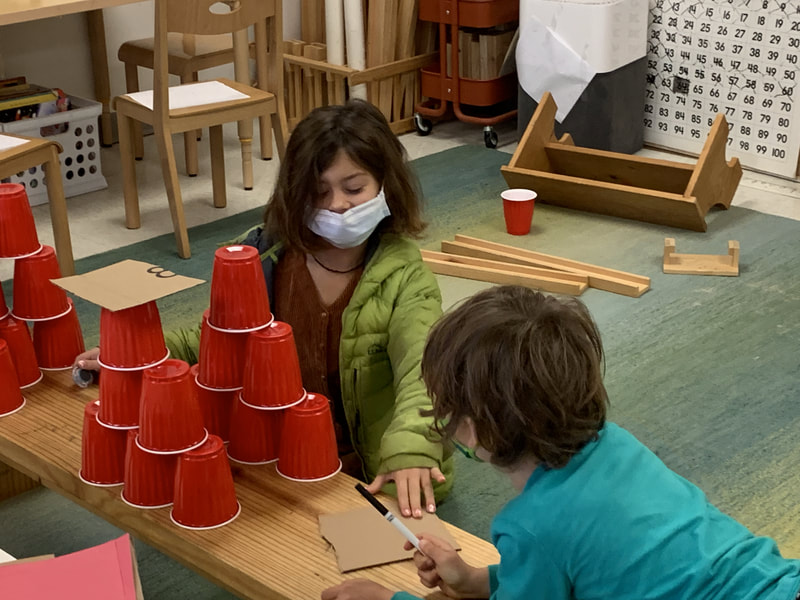







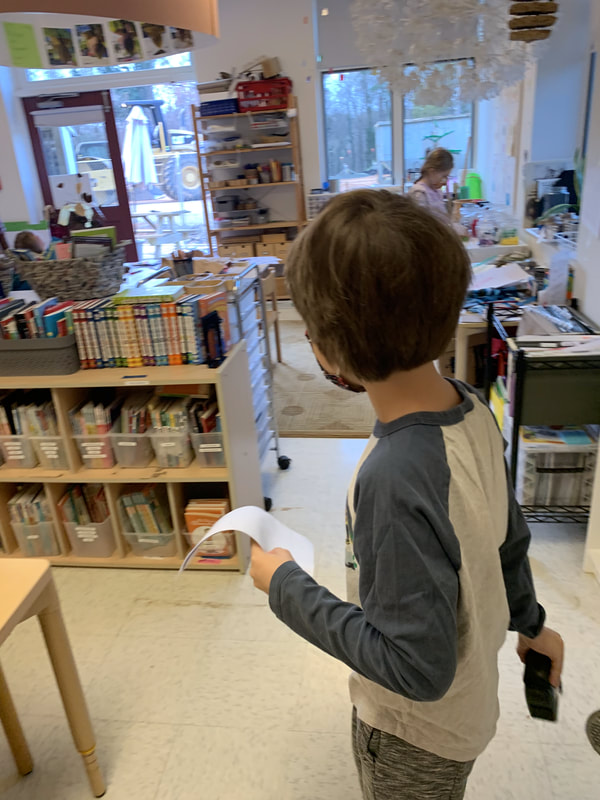
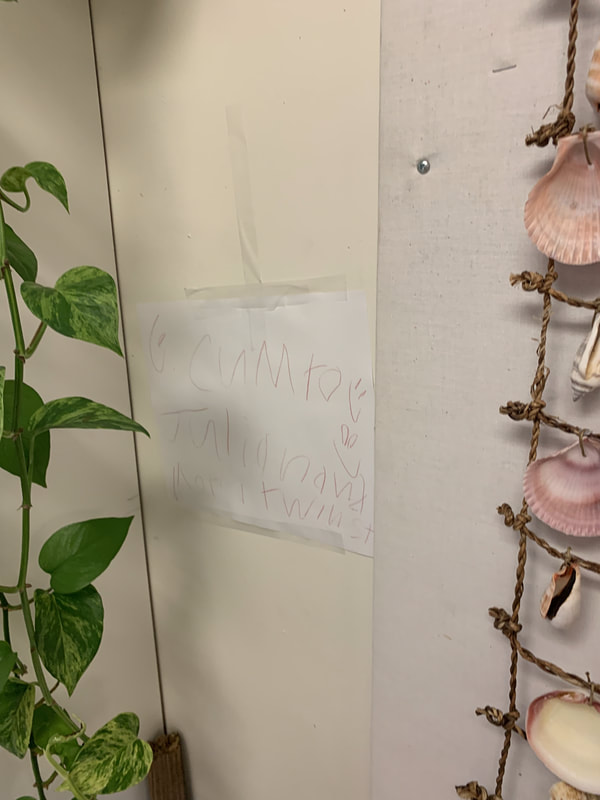

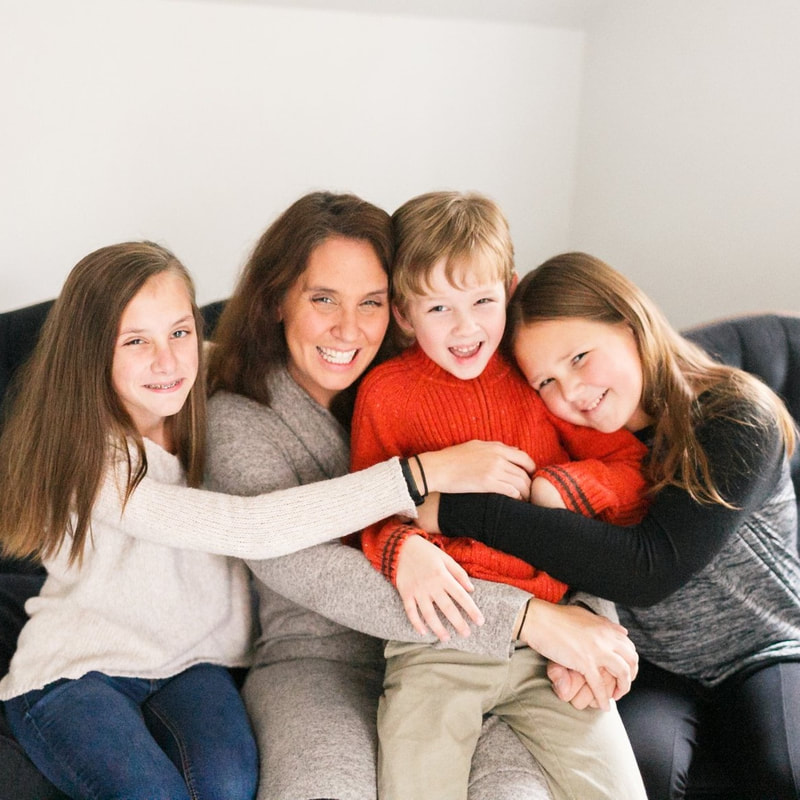

 RSS Feed
RSS Feed